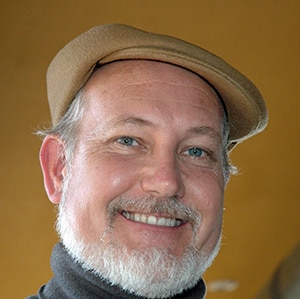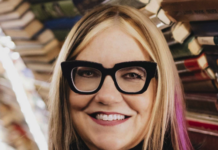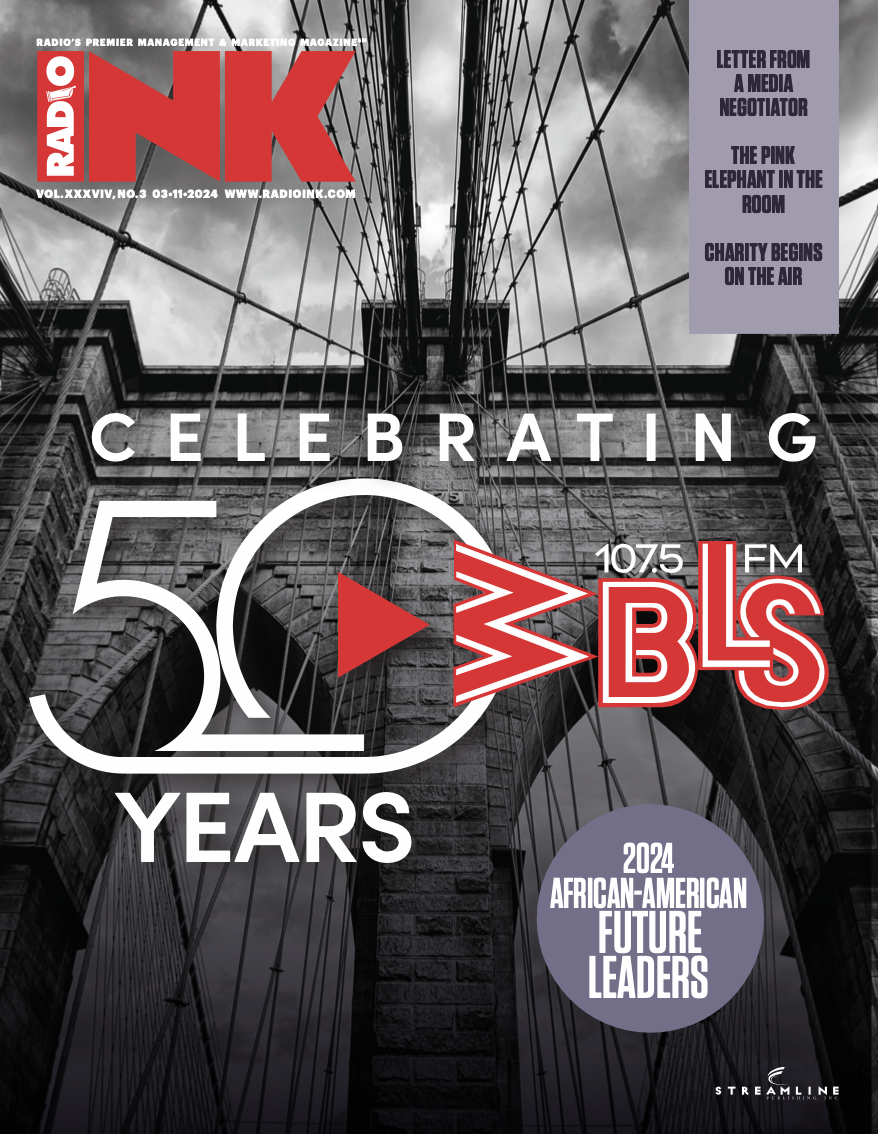
Let us suppose
that this everyday world
were at some one point
invaded by the marvelous.1
According to an article in the Harvard Business Review, such an event…
“requires a distinctive mode of organization—what sociologists call an art world. In art worlds, artists (musicians, filmmakers, writers, designers, cartoonists, and so on) gather in inspired collaborative competition: They work together, learn from one another, play off ideas, and push one another. The collective efforts of participants in these ‘scenes’ often generate major creative breakthroughs… the mass-culture industries (film, television, print media, fashion) thrived by pilfering and repurposing their innovations.”2
Today we’re going to look at three different art worlds, and then I’m going to suggest that you create your own.
Art World One: Although the works of the individuals that composed the Bloomsbury Group (1905-1937) profoundly influenced literature, economics, and aesthetics in Western society and altered modern attitudes toward feminism, pacifism, and sexuality, this highly diverse group had no real agenda other than enjoying one another’s company. The group had 10 core members and 20 occasionals. A few of the more well-known core members were Virginia Woolf, a fiction writer, Lytton Strachey, a biographer, John Maynard Keynes, the economist, and Vanessa Bell, a postimpressionist painter.
The Bloomsbury Group was an art world, not a mastermind group. A mastermind group is focused on finding business solutions. An art world exists only to enjoy one another’s company.
Art World Two: “Oh God, no more Elves!” Hugo Dyson groans in agony, lolling on the couch. J.R.R. “Tollers” Tolkien is about to read from his work-in-progress, The Lord of the Rings. “It’s bad enough listening to Lewis read about Narnia!” Hugo Dyson prefers the works of Shakespeare and in the early 1960s hosted some televised lectures and plays about him. Dyson’s relaxed, easy style won him accolades around the world. The Inklings were a group of 10 interesting people who met at the Eagle and Child pub from 1932 to 1949. In the end, each of the 10 left their mark on the world, high and bright.
The Inklings didn’t get together because they were important. They became important because they got together.
Art World Three: It all began when Lauren Bacall looked at a group of friends sitting around her living room and said, “You look like a goddam rat pack.” Did you know that Dean Martin, Sammy Davis, Jr., Peter Lawford, and Joey Bishop weren’t in the original Rat Pack? The first Pack was a group who got together each week in the home of Lauren Bacall and her husband, Humphrey Bogart. The Rat Pack included Bogart and Bacall, Frank Sinatra, Judy Garland, Katharine Hepburn, David Niven, Spencer Tracy, Cary Grant, Rex Harrison, Sid Luft, and Swifty Lazar. Visiting members included Errol Flynn, Nat King Cole, Mickey Rooney, Jerry Lewis, and Cesar Romero. The group broke up when Bogart died in 1957. Shortly thereafter, Sinatra began his more famous “Rat Pack 2.0.”
The Rat Pack was an art world. They got together only because they enjoyed being together. They did not expect an outcome or a result.
You cannot participate in an art world if you have an agenda. You’ve got to be a Worthless Bastard.
Q: Why are you calling obviously successful people Worthless Bastards?
A: Because the conversations of an art world must never revolve around problem solving or the creation of value or “worth.”
Q: Why is it important that the group not try to create value?
A: The key that unlocks an art world is play. Perfectly relaxed, undiluted play unleashes the creative powers of the mind. You don’t experience the life changing benefits of an art world during your get-together, but because you got together.
Q: Is this idea of “creating no value” really essential to an art world?
A: Play is all too often a form of work disguised as recreation. If you have a goal — if you’re trying to win — if you’re keeping score — if there is an objective — you are still “at work” and will see only the benefits associated with that form of exertion. Work, no matter how happy or pleasant, does not unleash the restorative power of play. If you attend an art world for purposes of “networking,” you will be perceived as the ass at the dinner party who is trying to sell everyone life insurance.
Leave your business cards at home. Leave your plans and goals and objectives at home. Bring only your curiosity and your need to unwind.
Anyone who talks about radio should be asked to leave.
Play routinely stumbles upon serendipity. Play makes everything interesting. Play is the way to seize the day. Are you capable of being worthless? Would you like to start an art world, a weekly meeting of Worthless Bastards in your town? Just visit worthlessbastards.org. And welcome aboard.
- C.S. Lewis, describing the books of Charles Williams, another of the Inklings.
- Harvard Business Review, March, 2016. “Branding in an Age of Social Media.”








Hi there, its good post concerning media print,
we all be aware of media is a enormous source of information.